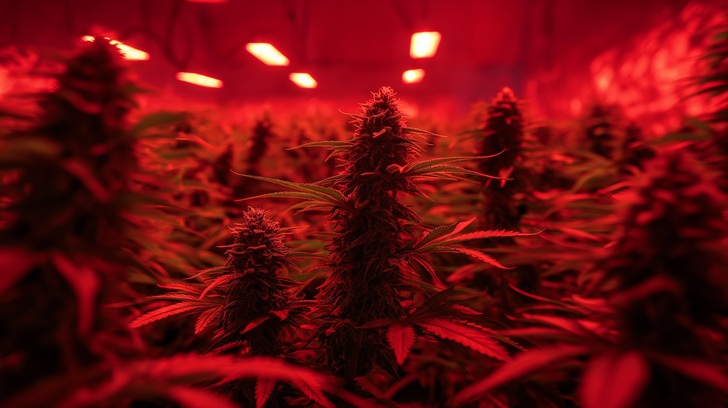Few industries are as difficult to navigate as the cannabis industry. Both business owners and customers need to make the best of a patchwork of regulations while walking the fine line between state decriminalization and an ongoing federal ban. When all is said and done, the regulatory patchwork has blurred the line between cannabis and hemp.
Imagine a medical cannabis patient in Utah visiting the Zion Medicinal pharmacy in Cedar City. He assumes all the medications he is purchasing qualify as medical cannabis under the law. Meanwhile, a friend purchases what she believes is a hemp product online. Are they both getting exactly what they think they are purchasing?
Utah’s regulatory framework is such that both consumers can be fairly confident of their purchases. But Utah is the exception. Most states with decriminalized cannabis allow some leeway when it comes to the federal definitions of the two types of plants. This allows growers, manufacturers, and distributors to push the envelope far enough that consumers may not be getting what they think they are buying.
Potency vs. Potency Potential
At this point you might be wondering how it is possible consumers could be confused by cannabis and hemp. The starting point for confusion is not understanding that the term ‘cannabis’ doesn’t just apply to marijuana. It also applies to hemp.
Both marijuana and hemp are varieties of cannabis. Therefore, describing medical marijuana as cannabis is misleading. Federal law clearly distinguishes between marijuana and hemp by way of potency. And potency is measured by the amount of delta-9 THC a plant or product contains. Anything at 0.3% or less, by volume, is classified as hemp. Anything above that threshold is marijuana.
This seems pretty straightforward except for one thing: cannabis plants contain very little naturally occurring THC. Instead, they contain THC acid (THCA). THCA is the precursor to THC. It is converted into THC through a process known as decarboxylation. Applying heat is the easiest way to do it.
When a person smokes or dry heats raw cannabis flower, decarboxylation takes place. THCA is converted into THC on the fly. Why does this matter? Because a cannabis plant exhibits potency potential even if its pre-decarboxylation potency is classified as minimal.
The Alt Cannabinoid Loophole
Some states take a very strong stance against THC content but pay little attention to THCA potency potential. This allows growers to produce plants that would otherwise be banned under federal law, passing them off ais hemp. They sell them to consumers who know how to decarboxylate to turn potency potential into genuine potency.
The potency issue is problematic enough. However, there is another loophole in what are known as alt cannabinoids. If you’ve heard of delta-8 THC, you’ve heard of what is arguably the most popular alt cannabinoid on the market.
Synthesized From CBD
Cannabis plants normally contain a minimal amount of delta-8 THC. Delta-8 is an isomer of delta-9, meaning that it has the same molecular makeup but a different arrangement of its molecules. It is psychoactive in nature.
Because plants do not produce enough delta-8 naturally, manufacturers synthesize it from CBD. Guess what? CBD is not psychoactive, making it completely legal as a hemp product. Manufacturers synthesizing delta-8 from CBD claim that they are selling a legal product.
There is a lot more that could be written on this topic. For now, it is enough to say that the line between hemp and cannabis has been blurred thanks to a patchwork of federal and state laws. Until those laws are reconciled, consumers will continue struggling to understand what they are buying.

